Brief Biographies of Researchers
 Hitoshi OSAKA
Hitoshi OSAKA
Department of Pediatrics, Jichi University
After graduating from Tohoku University Medical School, Hitoshi Osaka completed his residency at the Kanagawa Children's Medical Center before beginning his study on Pelizaeus-Merzbacher disease (PMD) at Yokohama City University with Dr. Inoue, then a graduate student at that university. The two have subsequently continued to carry out joint research for over 20 years. Hitoshi Osaka studied in the United States at the University of California, San Diego, carried out research on molecular pharmacology. After having engaged in research on neurodegenerative diseases in the Department of Degenerative Neurological Diseases of the National Institute of Neuroscience in the National Center of Neurology and Psychiatry, Japan, he worked at the Children's Medical Center and currently works at Jichi University. At the beginning of his study on rare and intractable diseases, he had no idea that the day would ever come when it would be possible to consider treatments in the way we can today. With the motto "From bedside to bench," his job is to make the fruits of research available to patients.
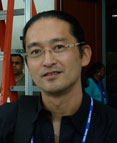 Ken INOUE
Ken INOUE
Department of Mental Retardation and Birth Defect Research, National Institute of Neuroscience, National Center of Neurology and Psychiatry
Born in 1963 and a left-hander, during his university days Ken Inoue devoted all his time to the tennis club, disregarding his studies to wield his racket. After graduating from Yokohama City University School of Medicine, he trained as a psychiatrist. He first had the opportunity to study at the University of California, San Diego for a year while he was still enrolled in the graduate school of Yokohama City University. It was this experience that set the course for his subsequent career as a researcher. Around this time, he began to carry out research on PMD with Dr. Osaka. After finishing graduate school, he worked at a psychiatric hospital, and while continuing his clinical training, at night he would head to the research laboratory, where the results of his experiments led to the discovery of the proteolipid protein1 (PLP1) duplication mutation. Building on this success, he went on to study in the United States at Baylor College of Medicine in Huston. He stayed there for over six years, far longer than originally scheduled, investigating the molecular genetics of PMD and other neurological conditions under the supervision of Professor James Lupski. Since returning to Japan in 2004, he has continued his research in his current position, with the aim of identifying the pathologies of PMD and eripheral demyelinating neuropathy, central dysmyelinating leukodystrophy, Waardenburg syndrome, and Hirschsprung disease (PCWH), two forms of congenital cerebral hypomyelination, and developing treatments for them.
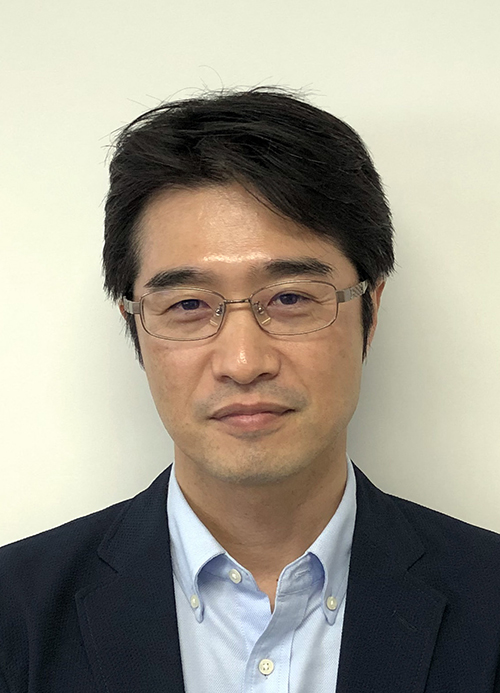 Hirotomo SAITSU
Hirotomo SAITSU
Department of Biochemistry, Hamamatsu University School of Medicine
After graduating from Kyushu University School of Medicine in 1998, Hirotomo Saitsu completed his clinical residency in obstetrics and gynecology before joining Kyoto University in 2001 to carry out research on embryology and then Yokohama City University in 2006 to study human genetics (mainly pediatric neurological disorders). In January 2016, he moved to Hamamatsu University School of Medicine. The advent of next-generation sequencing has brought about revolutionary advances in genetic analysis. He aims to use this technology for genetic analysis of congenital cerebral hypomyelination to identify the causative genes of this disorder and contribute to its genetic diagnosis and basic research to elucidate the disease mechanism.
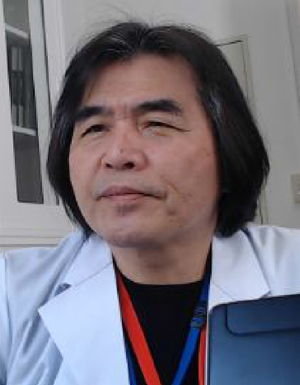 Masaya KUBOTA
Masaya KUBOTA
Head of Department, Department of Neurology, National Center for Child Health and Development and Joint Program Professor of Advanced Medical Device Informatics, Department of Mechano-Informatics, the University of Tokyo Graduate School of Information Science and Technology
After completing the Master's program in the Faculty of Engineering of Kyushu University in 1979, Masaya Kubota worked at Fujitsu for a short period before graduating from Saga University Medical School in 1986. Since 2007, he has worked at the National Center for Child Health and Development. He specializes in neurophysiology research, using methods including magnetoencephalography, magnetic stimulation, and evoked potentials. He holds daily outpatient clinics for patients with conditions such as epilepsy, developmental disabilities, and rare and intractable diseases. Many of his patients have white matter degeneration of unknown origin, and his aim is to help to pave the way for future diagnoses, care, and treatment in every manner possible. The National Center for Child Health and Development has numerous associations for families of children with rare and intractable diseases, and he has established a Families’ Association for monocarboxylic acid transporter 8 (MCT8 ) deficiency and holds regular meetings. He hopes to carry out a national survey of the current situation and extend this network further. Since July 2015, he has also been a Professor of mechano-informatics at the University of Tokyo Graduate School, with the mission of contributing to society by integrating novel ideas from engineering for clinical needs.
Tomokatsu YOSHIDA
Department of Neurology, Graduate School of Medicine, Kyoto Prefectural University of Medicine
Tomokatsu Yoshida graduated from the Medical School of Kyoto Prefectural University of Medicine in 1997. He is board-certified as a Neurology specialist by the Japan Neuroscience Society and as a genetics specialist by the Japan Society of Human Genetics. In 2009, he was the lead researcher in a group undertaking research to produce diagnostic criteria for Alexander disease, carried out a nationwide epidemiological survey, and engaged in research towards identifying its pathology and developing treatments. In 2010–2011, he was lead researcher in a group undertaking research to produce diagnostic criteria and guidelines for the treatment and care of Alexander disease, and engaged in research toward identifying its pathology and developing treatments. Since then, he has continued to engage in genetic research with the aim of GFAP genetic analysis, clinical information-gathering, and identifying the pathology of Alexander disease and developing treatments for it. In his everyday clinical practice, he usually treats adult neurological diseases; however, he also conducts examinations and consultations concerning patients with Alexander disease irrespective of their age.
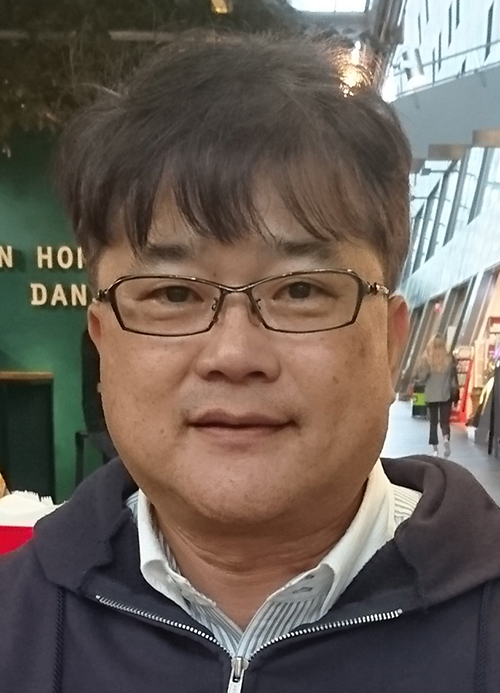 Junichi TAKANASHI
Junichi TAKANASHI
Professor of Pediatrics, Tokyo Women's Medical University Yachiyo Medical Center
In his student days (at Chiba University), Junichi Takanashi belonged to the "semi-hard baseball" club, and he still enjoys watching high school baseball (Choshi Commercial High School and Narashino High School) and soccer (JEF Chiba). After graduating, he became involved in the clinical management of pediatric neurological diseases, working to provide medical care in partnership with patients and their families. Information from neuroimaging, particularly Magnetic Resonance Imaging (MRI), is important for the diagnosis of white matter degeneration and congenital cerebral hypomyelination. Takanashi has continued to be involved in brain imaging research using MRI with the aim of improving diagnostic capabilities. He is also engaged in elucidating the pathology of white matter degeneration using MR spectroscopy to measure brain metabolism. As an extension of this work, he is also carrying out studies on mouse models of neurodegenerative diseases using an ultra-high magnetic field (7-T) MRI device (in a joint study with the National Institute of Radiological Sciences). He hopes that the application of the results from studies on mice will be useful in the development of treatment methods and the assessment of response to treatment.
 Toshiyuki YAMAMOTO
Toshiyuki YAMAMOTO
Tokyo Women's Medical University Institute for Integrated Medical Sciences
After graduating from Tottori University, Toshiyuki Yamamoto joined the Division of Child Neurology of his alma mater, a department that solely treats pediatric neurological disorders. Since then, he has consistently been involved in the treatment of and research on these disorders, mainly those with a genetic basis. He began his research on PMD in his fourth year in the department, when he encountered a patient with PMD and was involved in genetic diagnosis. He subsequently studied in Australia and worked at the Kanagawa Children's Medical Center before beginning research on genetic diseases using techniques such as microarrays, at Tokyo Women's Medical University in 2006. He has also been provided with samples of dermal fibroblasts by patients with PMD in whose diagnosis he was involved, and used these cells to establish disease-specific iPS cell lines. He hopes to use these iPS cells derived from patients with PMD to elucidate the pathology of the condition and develop treatments.
Kenji KUROSAWA
Head of Department, Department of Genetics, Kanagawa Children's Medical Center
After graduating from university, Kenji Kurosawa completed his residency at Kanagawa Children's Medical Center, where he still works. He specializes in pediatrics, clinical genetics, and clinical cell genetics. He is board-certified as a specialist pediatrician and clinical geneticist, and is a certified clinical genetics training supervisor and cell geneticist and instructor in cell genetics; he is engaged in both clinical practice and training other specialists. His involvement with Pelizaeus-Merzbacher disease is mainly regarding genetic counseling. His first encounter with Pelizaeus-Merzbacher disease was in 1993, and he hopes to elucidate the natural history of this disease and many other congenital diseases.
Masayuki SASAKI
Head of Department, Department of Child Neurology, National Center of Neurology and Psychiatry Hospital
After graduating from Niigata University, Masayuki Sasaki began his residency in the Department of Child Neurology at the National Center of Neurology and Psychiatry Musashi Hospital in 1988. After encountering patients with Krabbe disease, adrenoleukodystrophy, PMD, and other cerebral white matter diseases at that time, he carried out research on myelin at the National Institutes of Health in the United States from 1992 to 1994. After returning to Japan, he devoted himself to clinical pediatric neurology practice, diagnosing and treating many patients with cerebral white matter abnormalities and other pediatric neurological disorders. He was on the scene when the first definitive diagnoses of RNA polymerase-3-associated white matter degeneration and TUBB4A-gene-associated hypomyelination were made for patients with cerebral white matter abnormalities with a specific appearance on MRI scans that could not initially be diagnosed. He intends to continue with research aiming to improve the level of diagnosis and facilitate treatment.
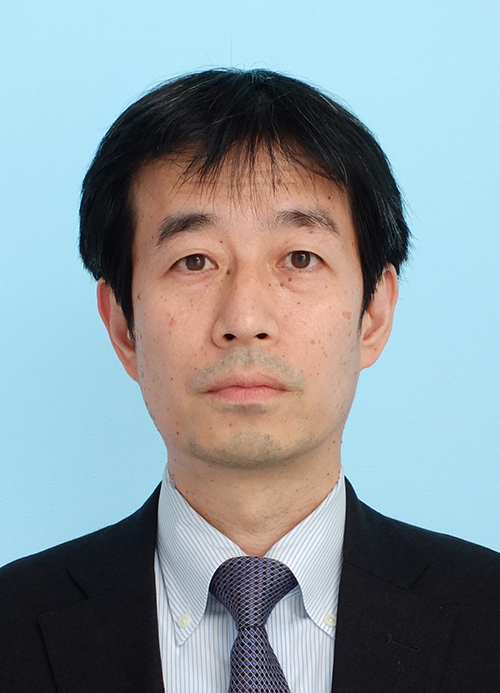 Masaru MATSUI
Masaru MATSUI
Head of Department, Department of Neurology, Otsu Red Cross Hospital
While he was working in the Department of Neurology in the Faculty of Medicine of Kyoto University, Masaru Matsui reported the first known Asian case of adult vanishing white matter disease. He had previously undertaken research at the graduate school of Kyoto University and at the Cleveland Clinic in the United States, and after having worked at Kyoto University Hospital, as a lecturer in the Department of Neurology of Kanazawa Medical University, and as the Head of Clinical Research at Utano Hospital. Since September 2010, he has been the Head of the Department of Neurology at Otsu Red Cross Hospital. As the Head of the Department of Neurology in one of Shiga Prefecture's flagship hospitals, he sees patients with a wide variety of disorders, ranging from emergency neurological conditions to intractable neurological diseases. He is also engaged in the clinical education of medical students as a clinical Associate Professor in the Faculty of Medicine of Kyoto University.
 Makiko MIENO
Makiko MIENO
Associate Professor, Center for Information, Jichi Medical University
After graduating from the School of Integrated Health Sciences of the Faculty of Medicine of the University of Tokyo in 2001, Makiko Mieno trained as a biostatistician, studying epidemiology and biostatistics at graduate school. She has been involved in database building and statistical analysis of data from organ transplant registry (transplant patient registration and follow-up investigations) and autopsy data, and studies of the methodology for clinical trials in diseases with repeated recurrence. She has been working at the Jichi Medical University Information Center since 2007. In this research group, she is mainly responsible for the preparation of guidelines for white matter disease and a patient-database.









